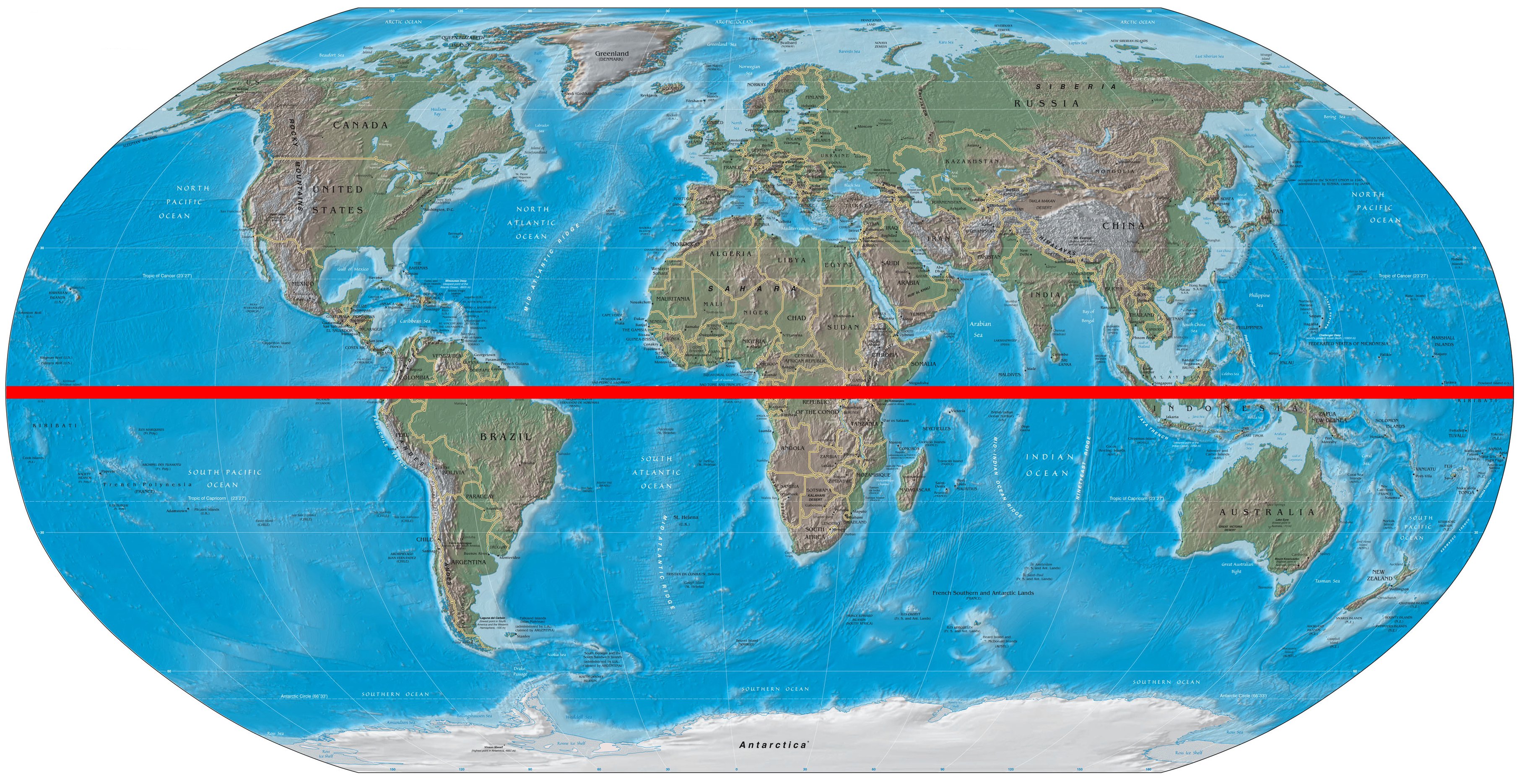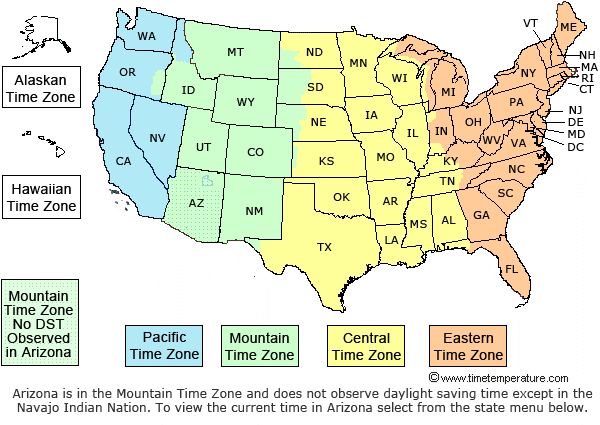Objectives
- To understanding the importance of order of magnitude.
- To make appropriate estimations that guide you to a realistic and appropriate answer to a given problem.
Who was Enrico Fermi?

Enrico Fermi was an Italian physicist, he contributed significantly to physics developments in the early 1900’s and was the creator of the first controlled nuclear reactor, the Chicago Pile-1. Fermi received the Nobel Prize in 1938 for “his discovery of new radioactive elements produced by neutron irradiation.
Fermi Problems
Fermi approached many problems with an estimation technique. When he encountered a problem he would occasionally approach them by making good approximate calculations with little or no actual data. He typically made justifiable guesses about quantities and their variance to ultimately determine the answer to an approximate value for a chosen problem. An example is ‘How many piano tunists are there in Chicago?’ – you would be given the population of Chicago.
The exact answer is not important here but an approximation instead. This approximation should give an answer with an appropriate order of magnitude.
If for example a question wanted an approximate height of a human being, you could give an answer from tall, if this was instead written in standard form you would write
, as an approximation we do not care about the
or
but instead are only interest in the order of magnitude, which in this case is
. This tells us that an average human is about
tall. This may seem absurd but it is only an approximation.
Similarly we could determine the approximate orders of magnitudes of;
The length of an ant:
The height of a house:
The number of days in a year:
The number of hours an adult spends on his/ her phone per day:
The number of hours a teenager spends on his/ her phone per day: ???? – I hope you think this is insane… sadly not! Read the article.
Example of a Fermi problem – Lets estimate the how long it would take to fly around Earths equator (assuming the plane did not need to land to refuel):
 In order to estimate how long it would take to fly around Earth we first need an idea of how far a plane would have to fly, to do this we will estimate the circumference of Earth:
In order to estimate how long it would take to fly around Earth we first need an idea of how far a plane would have to fly, to do this we will estimate the circumference of Earth:

One method to do this is to use a large area of land that you may no the length of, for example; the United States.
 The United States is a large area and if we know the width of it, it could go a long way into determining the circumference of Earth.
The United States is a large area and if we know the width of it, it could go a long way into determining the circumference of Earth.
The width of America is approximately 3000 miles.
Using the United States is very convenient because the country is split up (due to its vast size) into 4 time zones, as shown below:
 If we take the centre of the time zone on the left (the pacific time zone) and the centre of the time zone on the right (the eastern time zone) to be at the west and east coast of America respectively, we can see that there is a distance of 3 time zones from one side of America to the other.
If we take the centre of the time zone on the left (the pacific time zone) and the centre of the time zone on the right (the eastern time zone) to be at the west and east coast of America respectively, we can see that there is a distance of 3 time zones from one side of America to the other.
We now know that America is approximately 3000 miles in width which can be split across 3 time zones. Therefore 1 time zone is approximately 1000 miles in width.
There are 24 time zones around Earth, this tells us that the circumference of Earth is approximately 24,000 miles, (since 1 mile is approximately 1.6 km) this equates to 38,400 km.
Even though planes fly above the equator, the circumference at which a plane would take would only increase by a couple of 100 km (not much the great schemes of things, therefore we can ignore this for this prediction).
An average airliner travelling at about 45,000 feet (standard for a long haul flight), will travel at approximately 900 km/hr. Using simple maths we can now estimate how long it would take to fly around Earth;
This seems realistic in terms of the order of magnitude. Planes do not typically fly along the Equator because it would mean taking the longest route to get anywhere.

The actual value of Earths circumference can be found here (or just type it into Google) and is seen to be about 40,000 km – not bad for a prediction hey?!
